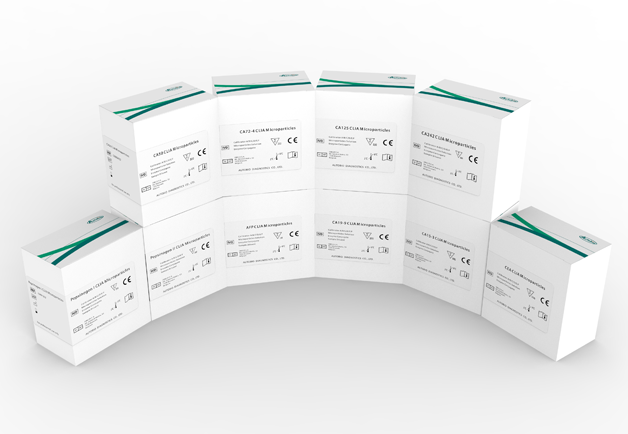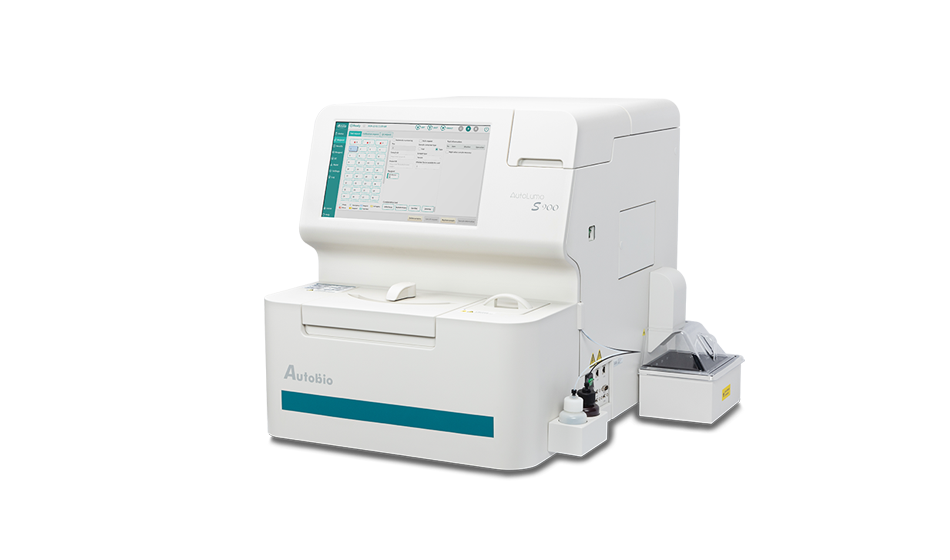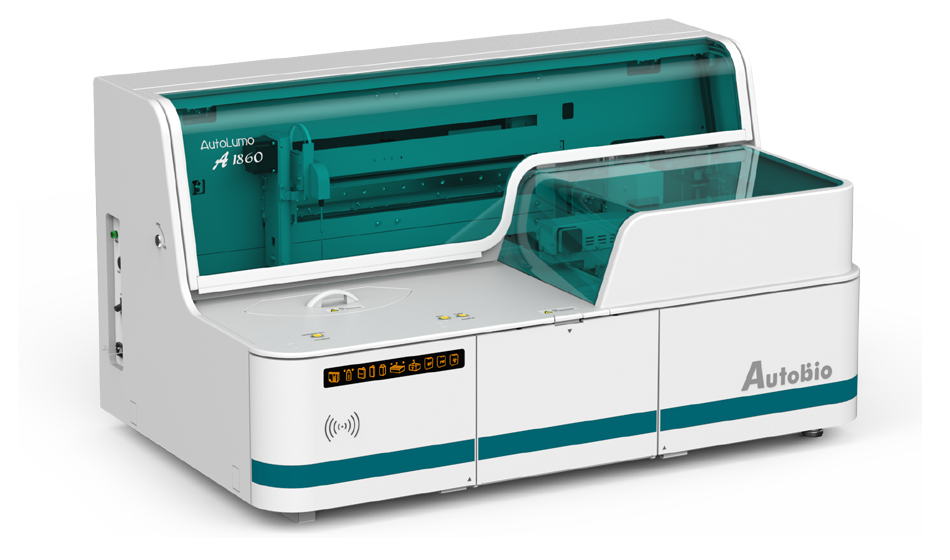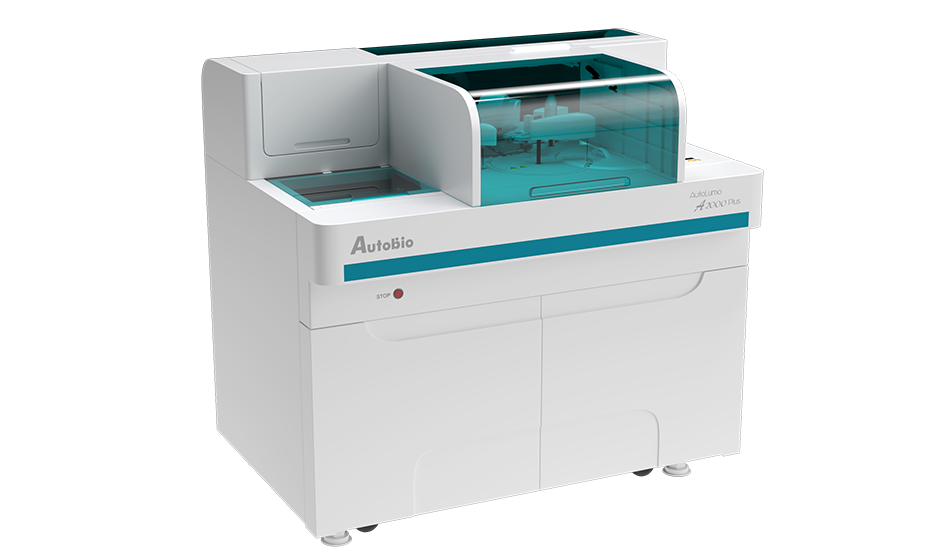

Primary biliary cholangitis (PBC), formerly known as primary biliary cirrhosis, is an autoimmune liver disease characterized by immune-mediated biliary epithelial cell damage, cholestasis, and progressive fibrosis, characterized by pruritus, fatigue, and a growing awareness of mild cognitive impairment that eventually develops into biliary cirrhosis. In recent years, the incidence of autoimmune liver disease has increased significantly. Although up to 50% of patients are asymptomatic at diagnosis, present symptoms often has a significant impact on quality of life and functional status. Therefore, early detection, early detection and early treatment are especially important.

Primary biliary cholangitis (PBC) is an autoimmune liver disease with a high incidence in middle-aged women [1]. PBC specific antibodies mainly include anti-mitochondrial antibody (AMA), anti-nuclear antibody (ANA)-related nuclear membrane and polynuclear site antibodies. The main ANA antibody for PBC is anti-gp210 and anti-sp100, which is also included in the 2017 European Association of Liver Diseases diagnostic Guidelines for PBC [2]. The positive rate of anti-gp210 and anti-sp100 is 10% to 30% in PBC and they are highly specific for PBC [3].
[1] Lindor K D, Bowlus C L, Boyer J, et al. Primary biliary cholangitis: 2018 practice guidance from the American Association for the Study of Liver Diseases[J]. Hepatology, 2019, 69(1): 394-419.
[2] Sebode M, Weiler-Normann C, Liwinski T, et al. Autoantibodies in autoimmune liver disease—clinical and diagnostic relevance[J]. Frontiers in immunology, 2018, 9: 609.
[3] Granito A, Muratori P, Quarneti C, et al. Antinuclear antibodies as ancillary markers in primary biliary cirrhosis[J]. Expert review of molecular diagnostics, 2012, 12(1): 65-74.
Address: NO.87 Jingbei Yi Rd, National Eco&Tech Zone, Zhengzhou, China
Email: info@autobio-diagnostics.com Tel: +86-371-6200-7036
Autobio Copyright Reserved for ICP 18006568. All Rights Reserved.





